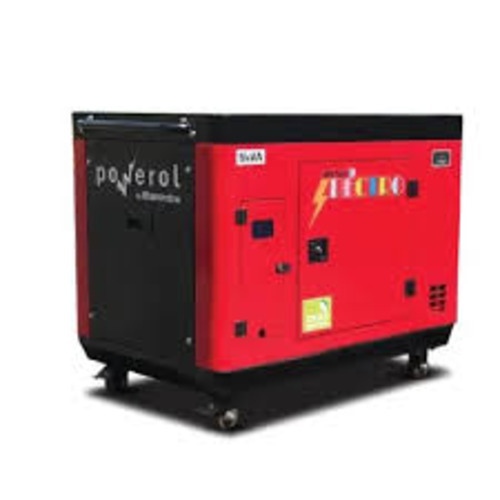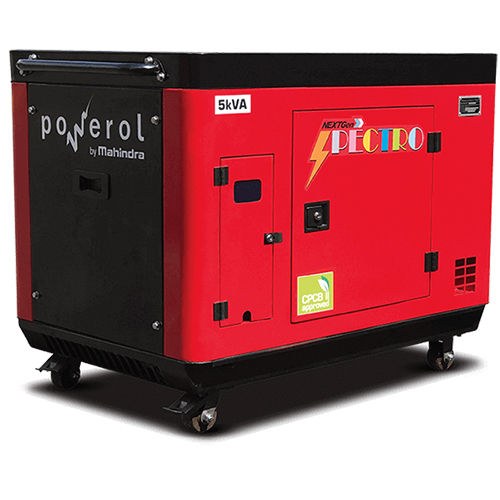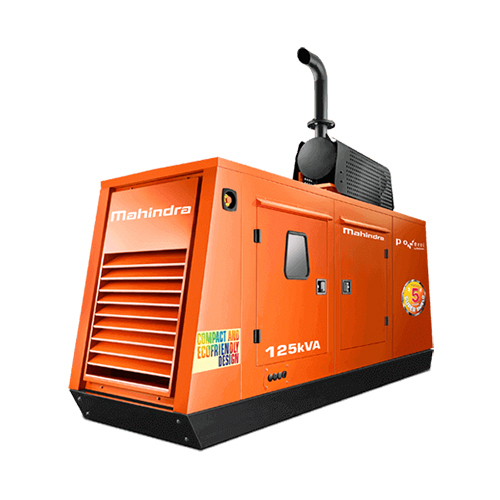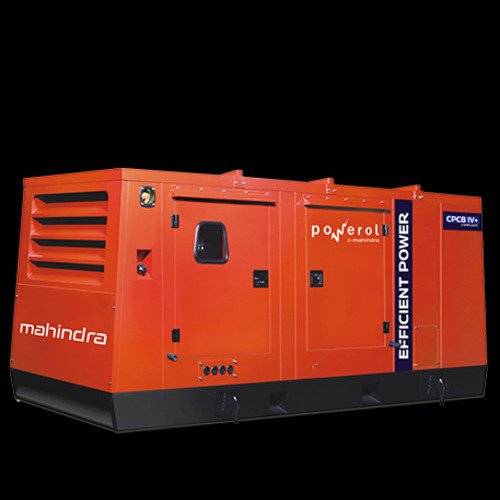Portable Diesel Generator Supplier in Vadodara
Price 180000 INR/ Unit
About Portable Diesel Generator Supplier in Vadodara

Tell us about your requirement

Price:
Quantity
Select Unit
- 50
- 100
- 200
- 250
- 500
- 1000+
Additional detail
Mobile number
Email
More Products in Diesel Generator Category
5 kVA Portable Diesel Generator
Price 152542.37 INR / Unit
Minimum Order Quantity : 10 Units
Warranty : Yes
Color : Red
Rated Power : 5 kVA
Rated Frequency : 50 Hertz (HZ)
10 to 75 kVA Diesel Generator
Minimum Order Quantity : 1 Unit
Warranty : Yes
Color : Other, Orange, Black
Rated Power : 10 to 75 kVA
Rated Frequency : 50 Hertz (HZ)
82.5 to 200 kVA Diesel Generator
Minimum Order Quantity : 1 Unit
Warranty : Yes
Color : Other, Orange, Black
Rated Power : 82.5 to 200 kVA
Rated Frequency : 50 Hertz (HZ)

 Send Inquiry
Send Inquiry






